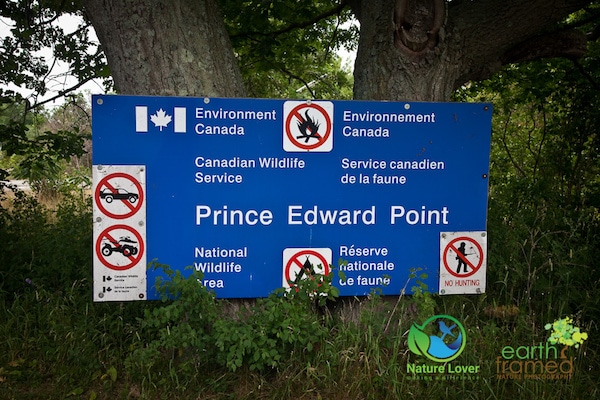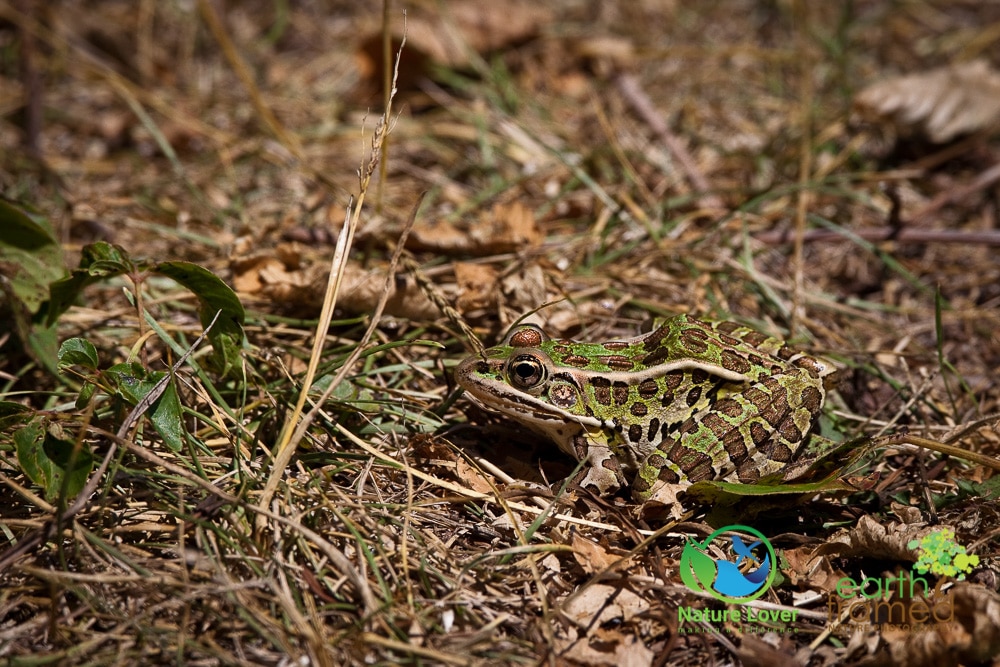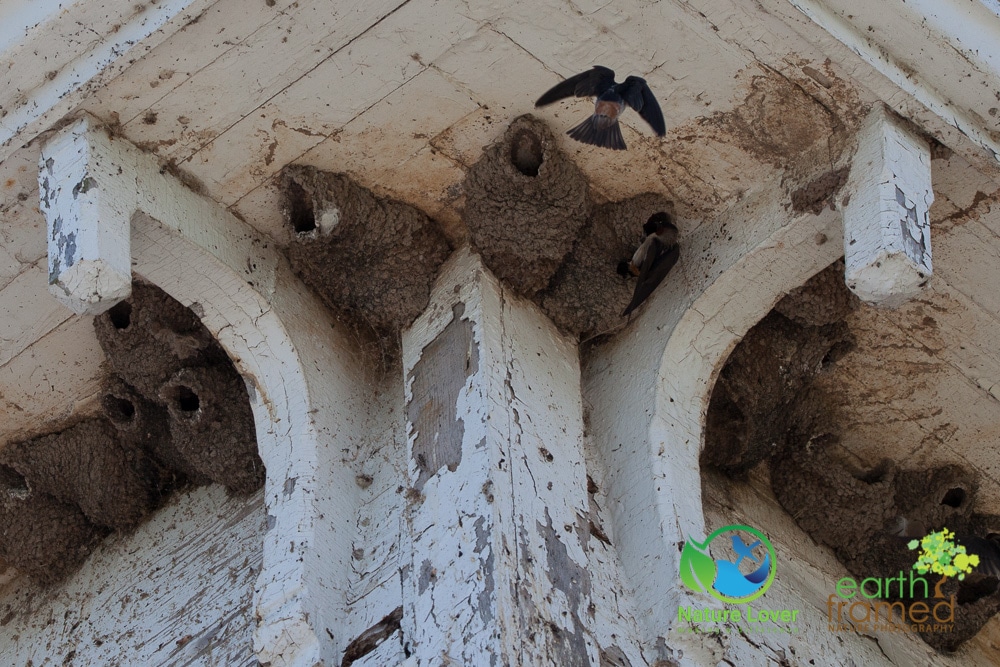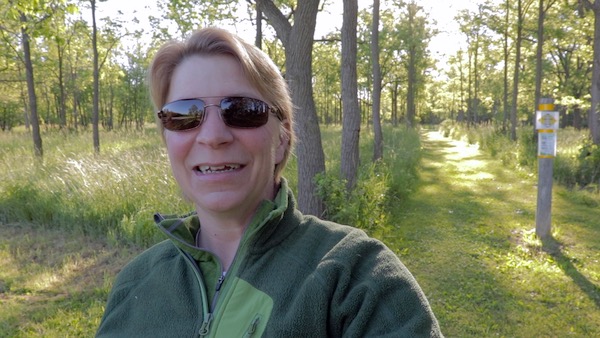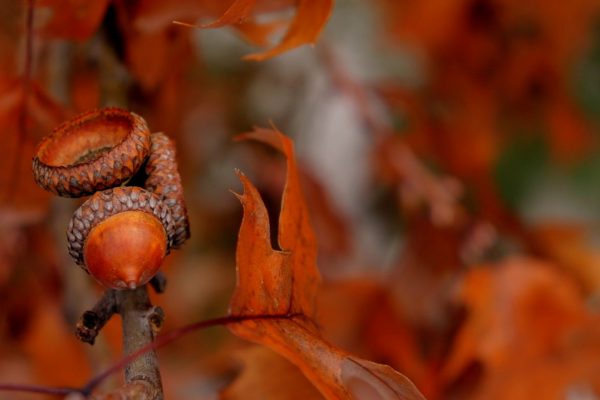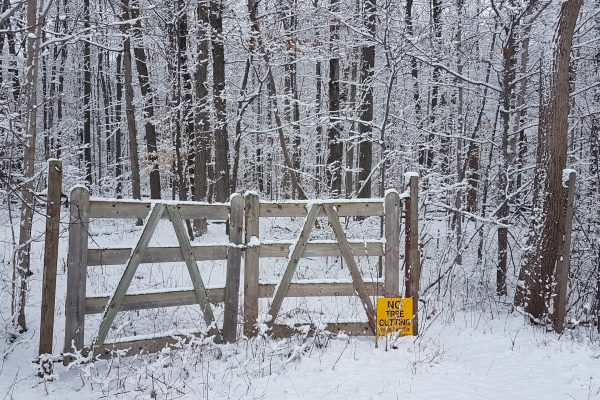On one of our many day trips from our Presqu’ile Provincial Park base camp, we took the long and winding road to Prince Edward Point National Wildlife Area. Located about 20 kilometres southeast of Picton, this protected area is vital to migratory birds.
“There is no other location on the Canadian side of Lake Ontario where birds are known to occur in such high densities during migration. More than 300 species of birds have been recorded on the point, including songbirds, waterfowl, owls and hawks.”
~ Environment and Climate Change Canada.
The area, and surrounding islands, have had 31 species at risk recorded, including the Whip-poor-will, the Bobolink and the Least Bittern. The Keystone species in the area are the Yellow-rumped Warbler, the Northern Saw Whet Owl, the Monarch Butterfly and the Eastern Garter Snake.
Birds aren’t the only wildlife you can find at the point and below are images of the wildlife we spotted during our walk from the bird station, out to the lighthouse.
We spotted several Leopard Frogs during our walk. Unlike Green Frogs, these ones do not require as much moisture, so you’ll find them farther from water and more frequently on land than Green Frogs.
Down the road something caught the corner of my eye and I was lucky enough to catch a few shots of this Groundhog, also known as a Woodchuck, as it cautiously crossed the road.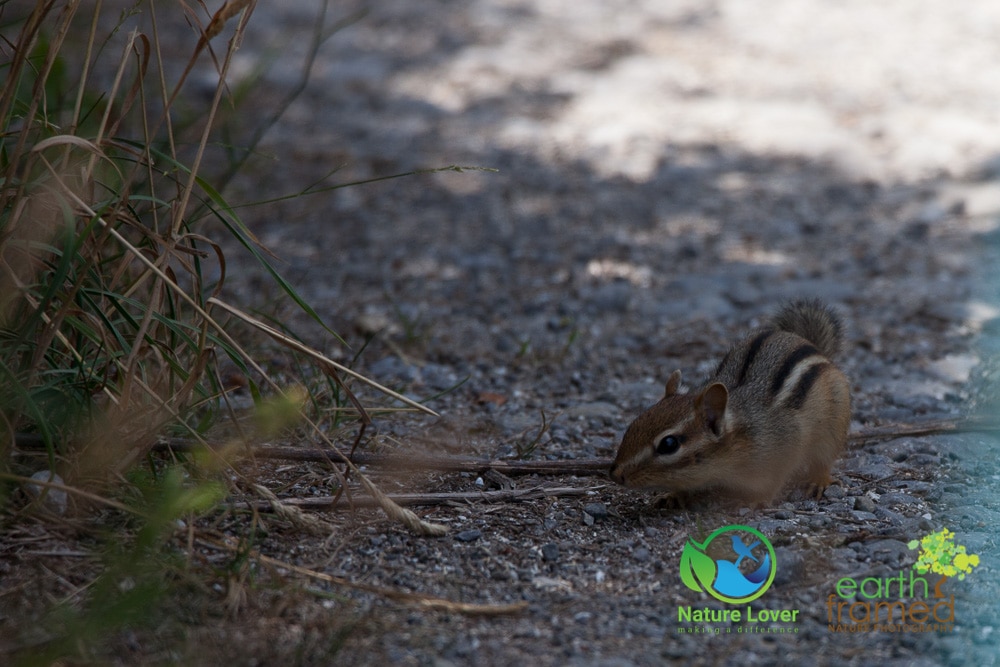
Eastern Chipmunks were also spotted, they are very common in these parts and love to hangout at campgrounds too.
On the alvar shores we came across several male Swallowtail Butterflies puddling on dung. The purpose of this is to drink up specific nutrients that will help increase their ability to reproduce. They will do this on various moist surfaces, like mud, rotting plants and so on.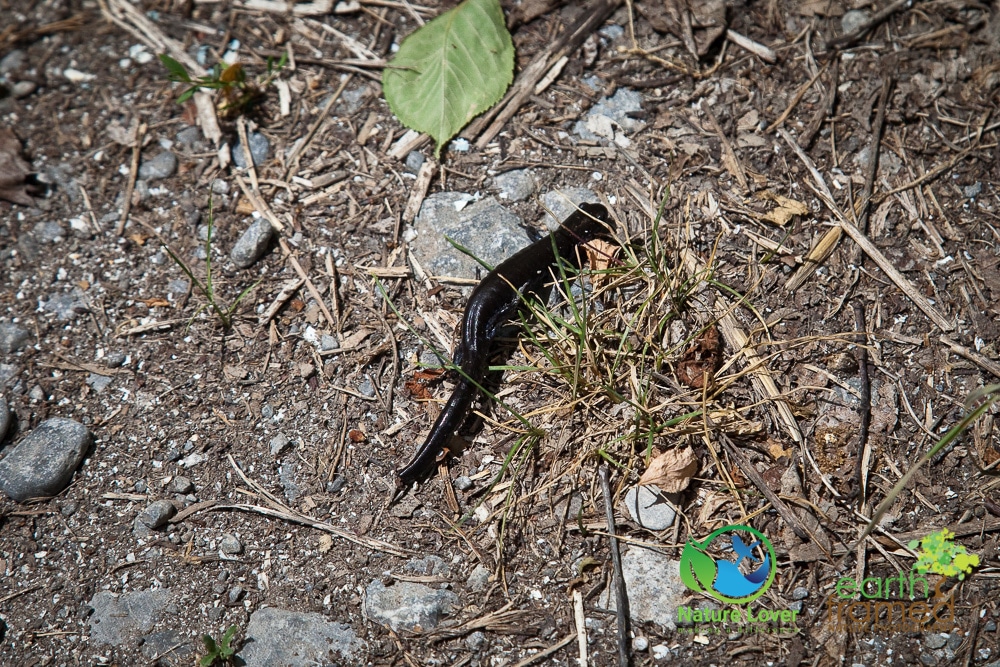
We were also lucky to come across this Blue-spotted Salamander, which are usually most active at night, not in the middle of a very hot day. This particular salamander had obviously successfully avoided being eaten by sacrificing its tail.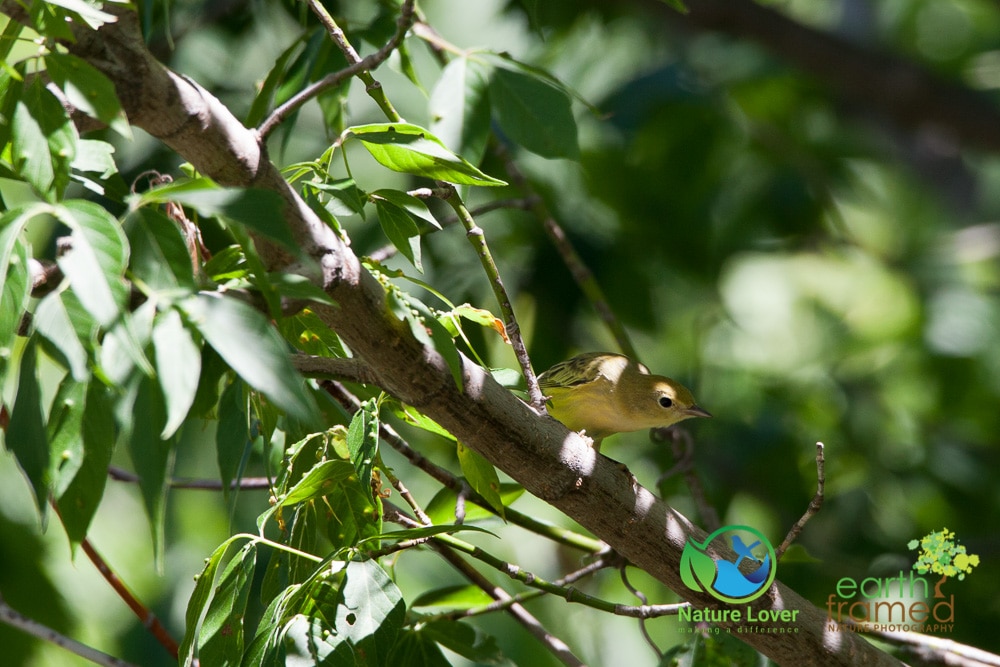
During our walk out to the point we spotted many Yellow Warblers in the trees. Above is the female, lacking the red chest markings of its male counterpart.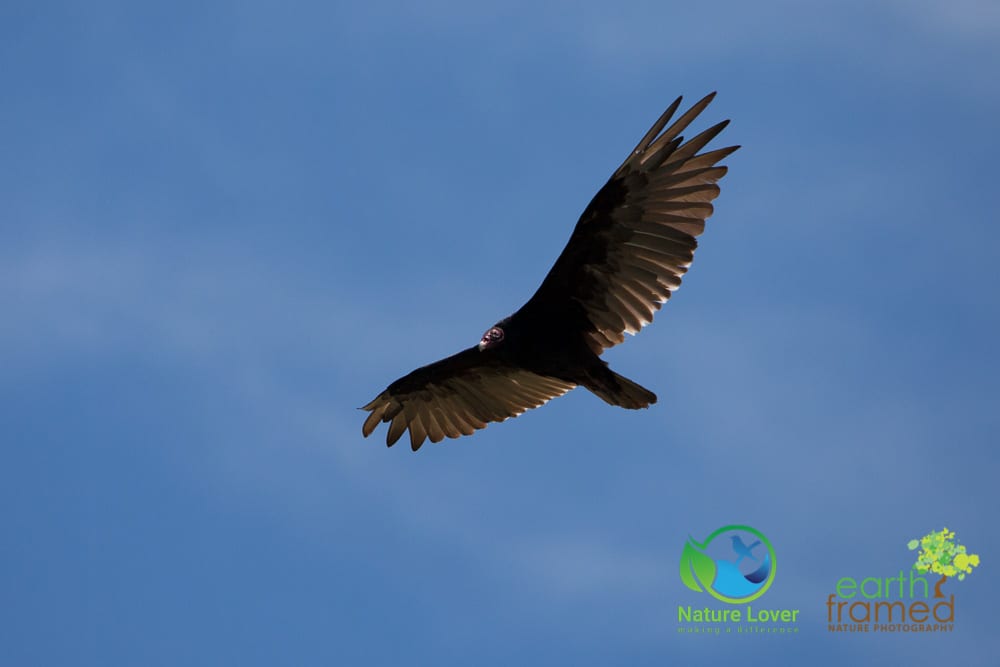
Above us, soaring on a thermal, was a lone Turkey Vulture or Buzzard. These large carrion birds can be easily identified by their large “fingered” wingtips, pale or gray in colour and their featherless heads. 
The male Yellow Warbler seemed to be following us along the edge of the trail for some distance. I caught him in mid flight as he was moving to another location to keep an eye on us.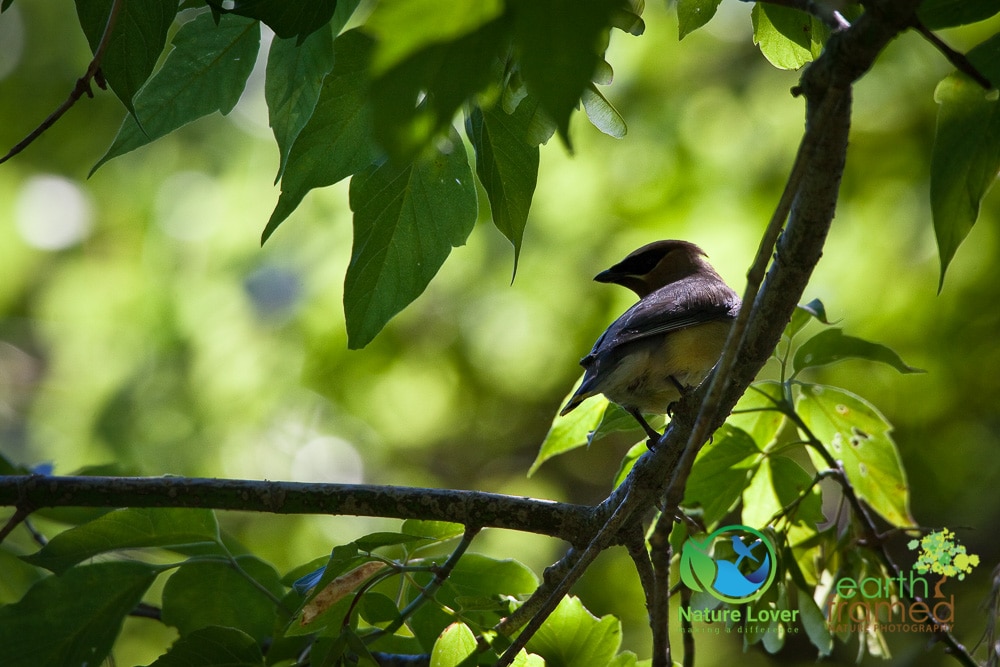 Cedar Waxwings were making their cute little high-pitched calls up in the branches of trees as we neared the lighthouse.
Cedar Waxwings were making their cute little high-pitched calls up in the branches of trees as we neared the lighthouse.
Dozens of Barn Swallows took advantage of the roof overhang on the abandoned lighthouse to build their mud nests. It was obvious that they had been coming back to this location for years.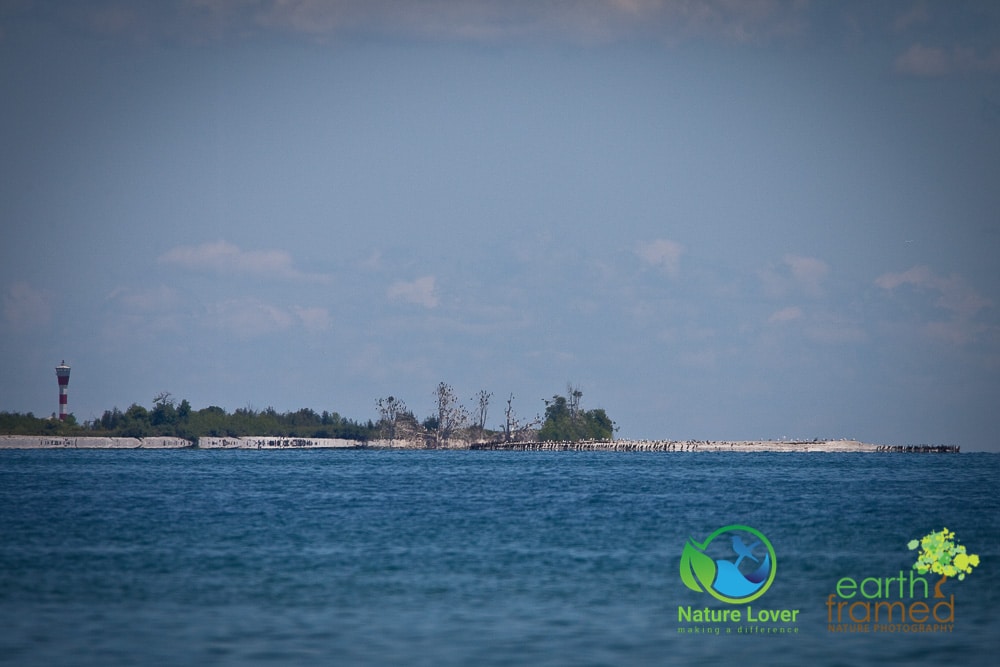 Looking out across Lake Ontario we saw the bird colonies on False Duck Island. This is one of many islands that create an island chain vital to bird migration.
Looking out across Lake Ontario we saw the bird colonies on False Duck Island. This is one of many islands that create an island chain vital to bird migration.
For more information about this Important Bird Area.
Sources:
Canadian Important Bird and Biodiversity Areas, www.ibacanada.ca/documents/conservationplans/onprinceedwardsouthshore.pdf.
“Environment and Climate Change Canada – Nature – Prince Edward Point National Wildlife Area.” Environnement Et Changement Climatique Canada – Environment and Climate Change Canada, www.ec.gc.ca/ap-pa/default.asp?lang=En&n=741bb7b6-1#_001.
“Parks Canada – Thousand Islands National Park of Canada – New Land Acquisitions for St. Lawrence Islands National Park of Canada.” Parcs Canada | Parks Canada, www.pc.gc.ca/eng/pn-np/on/lawren/natcul/natcul1/a.aspx.
“Reptiles and Amphibians of Ontario | A New Ontario Reptile and Amphibian Atlas | Species | Protect.” Ontario Nature, www.ontarionature.org/protect/species/reptiles_and_amphibians/blue-spotted_salamander.php.


